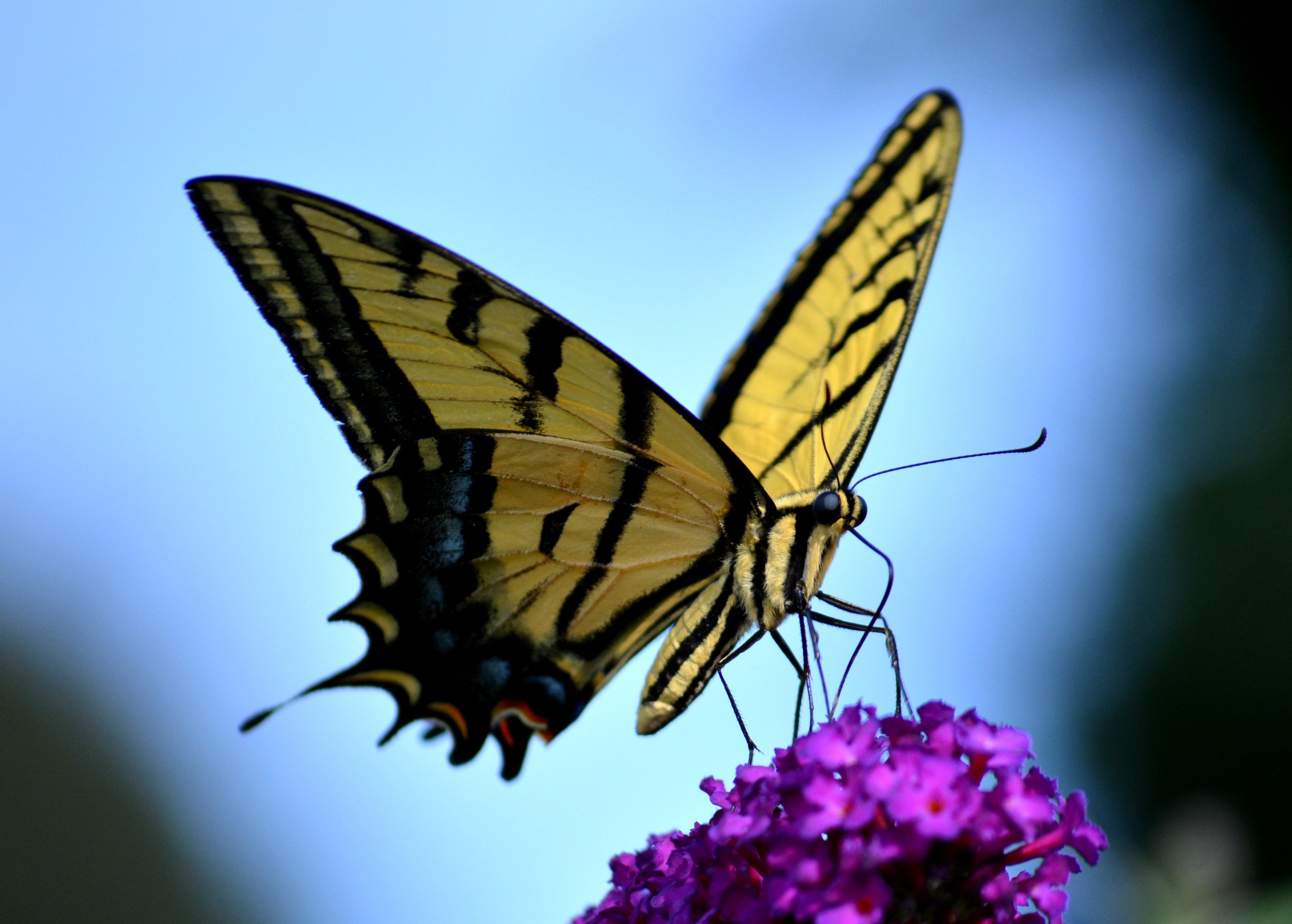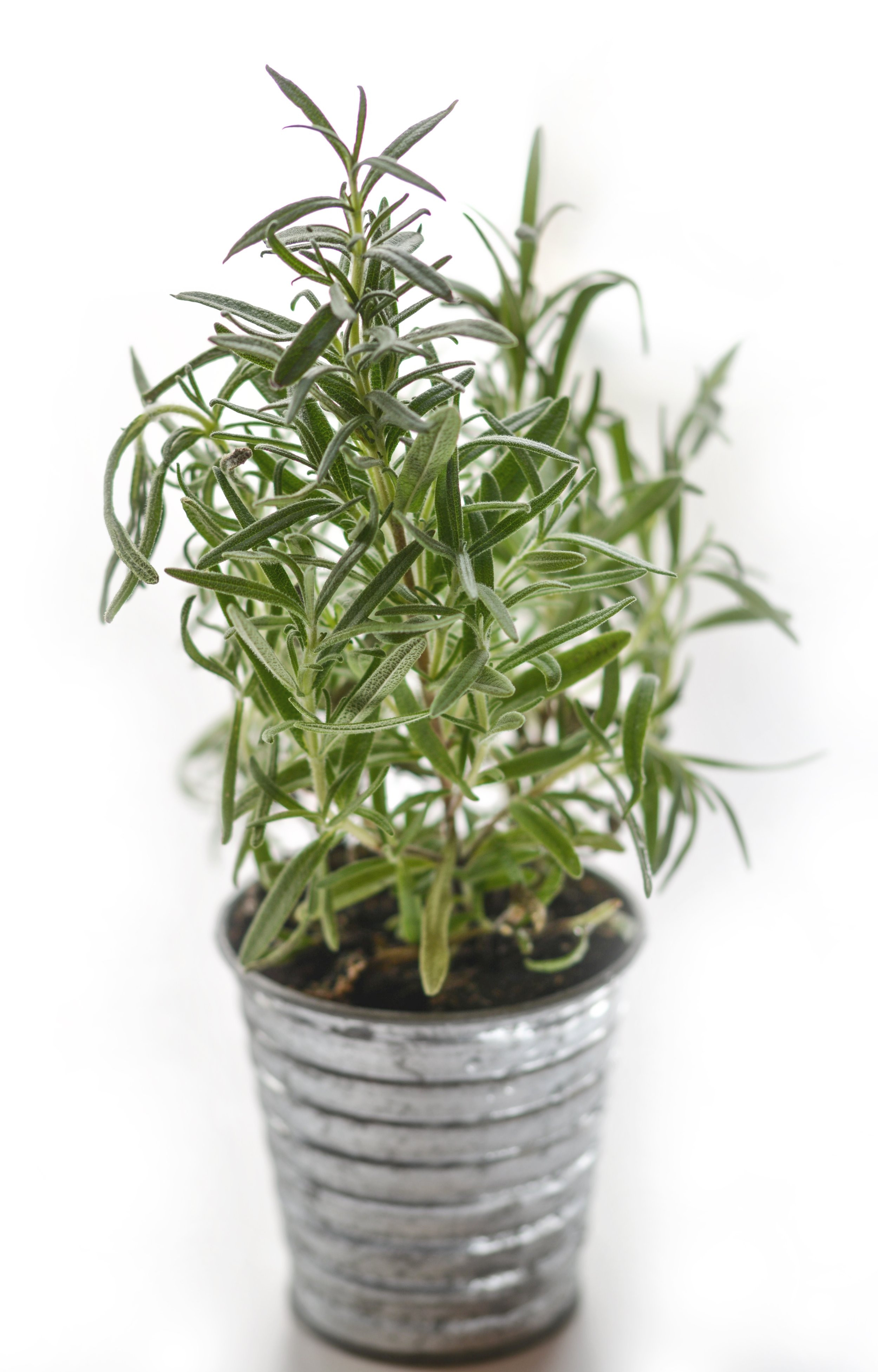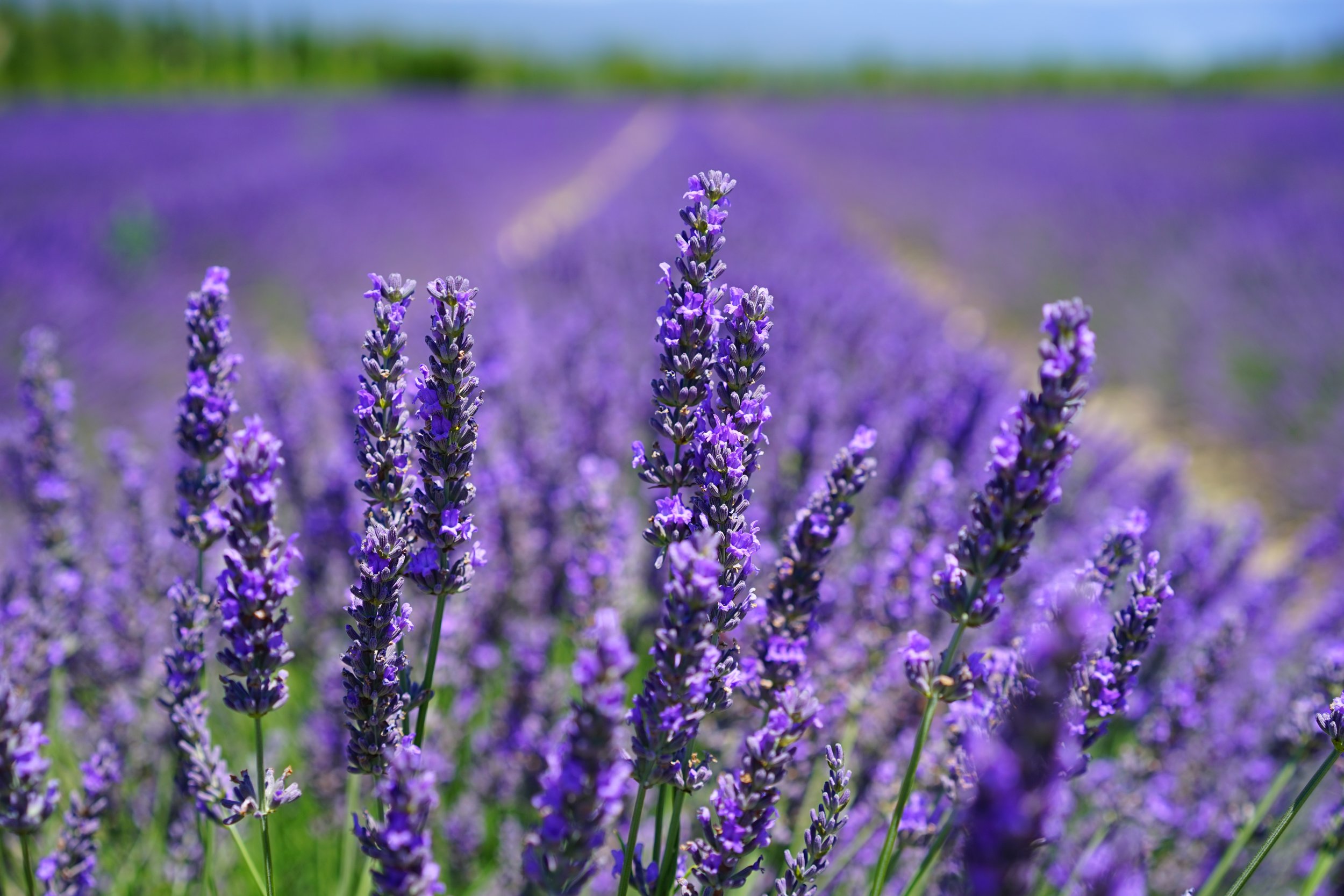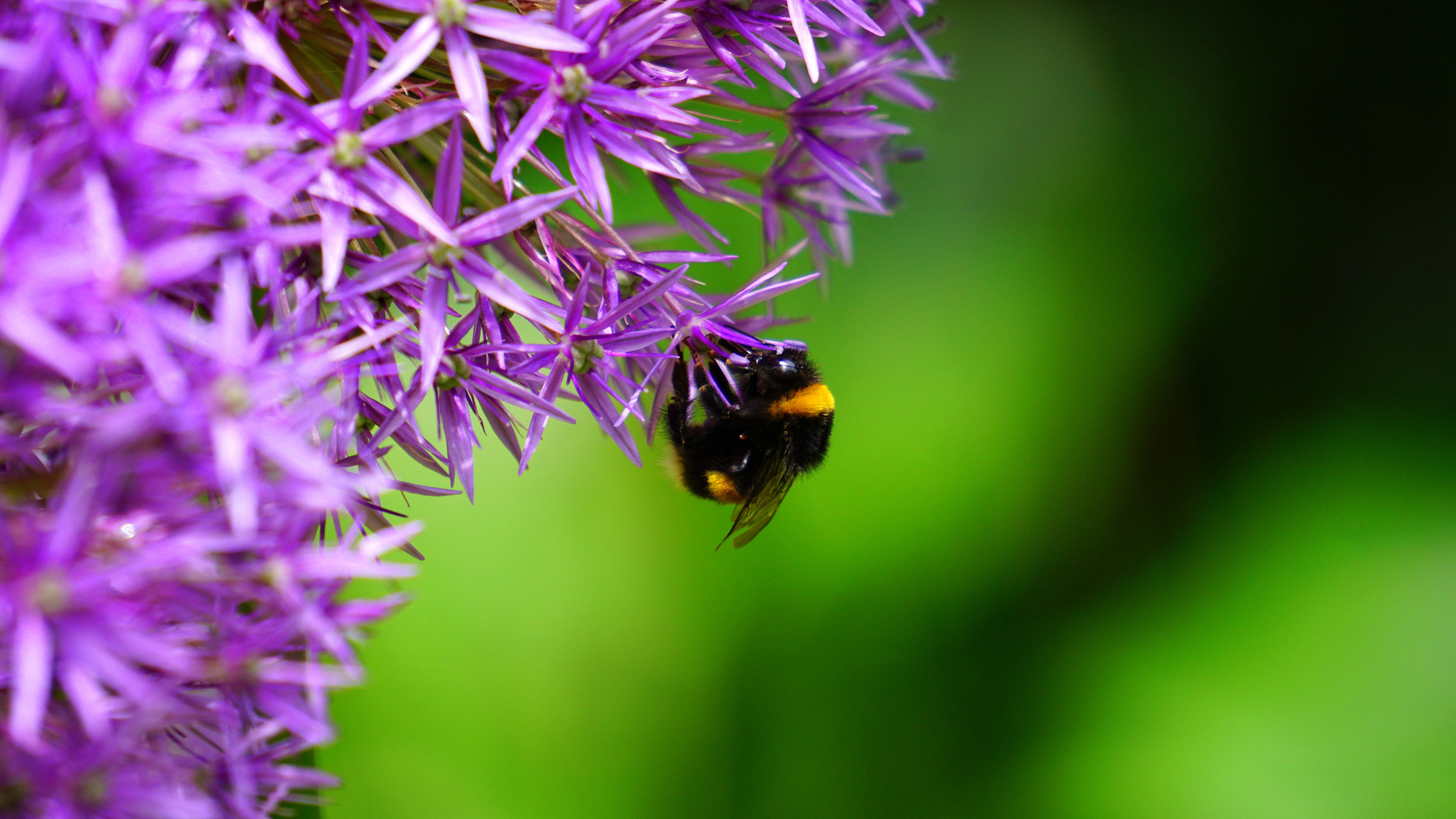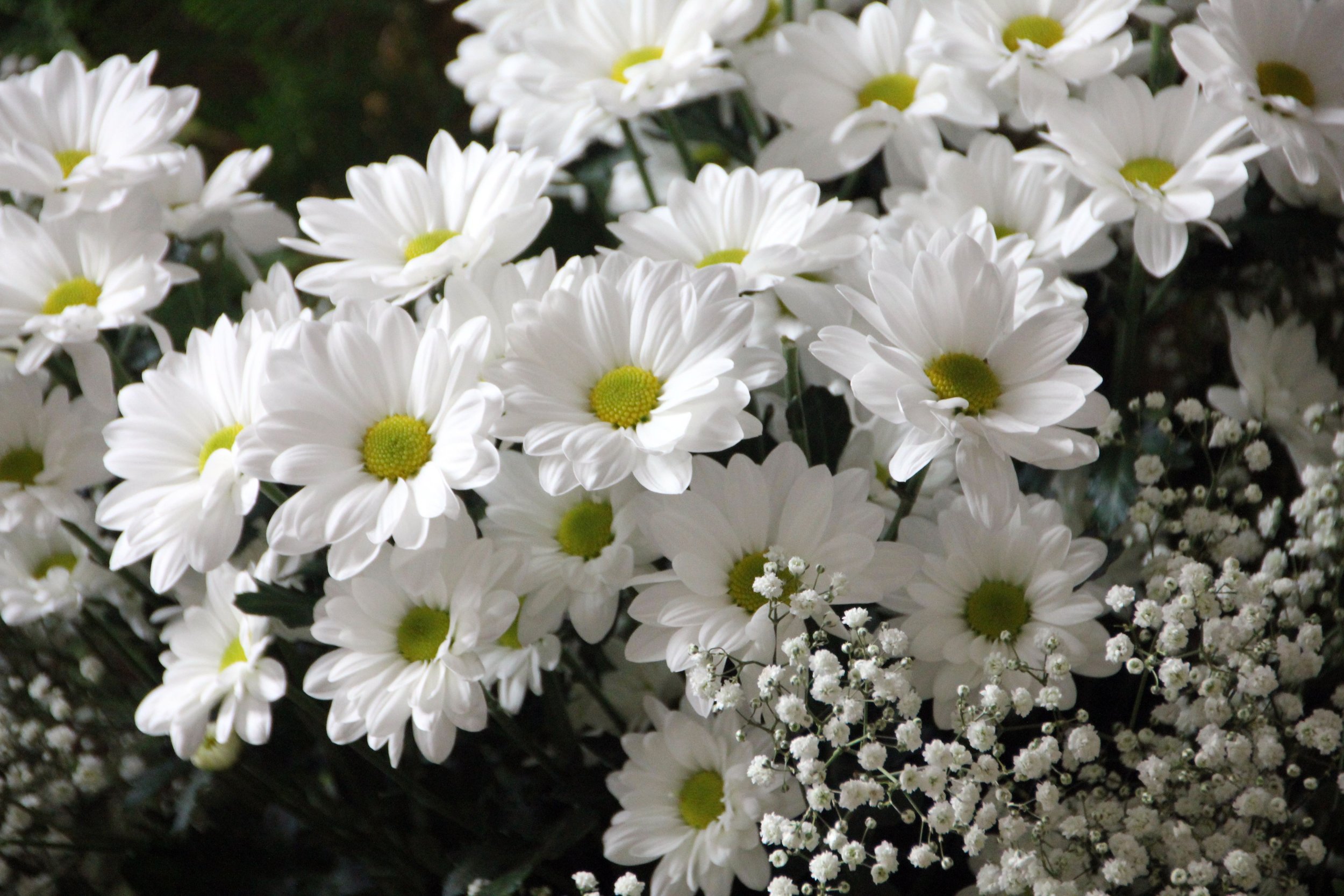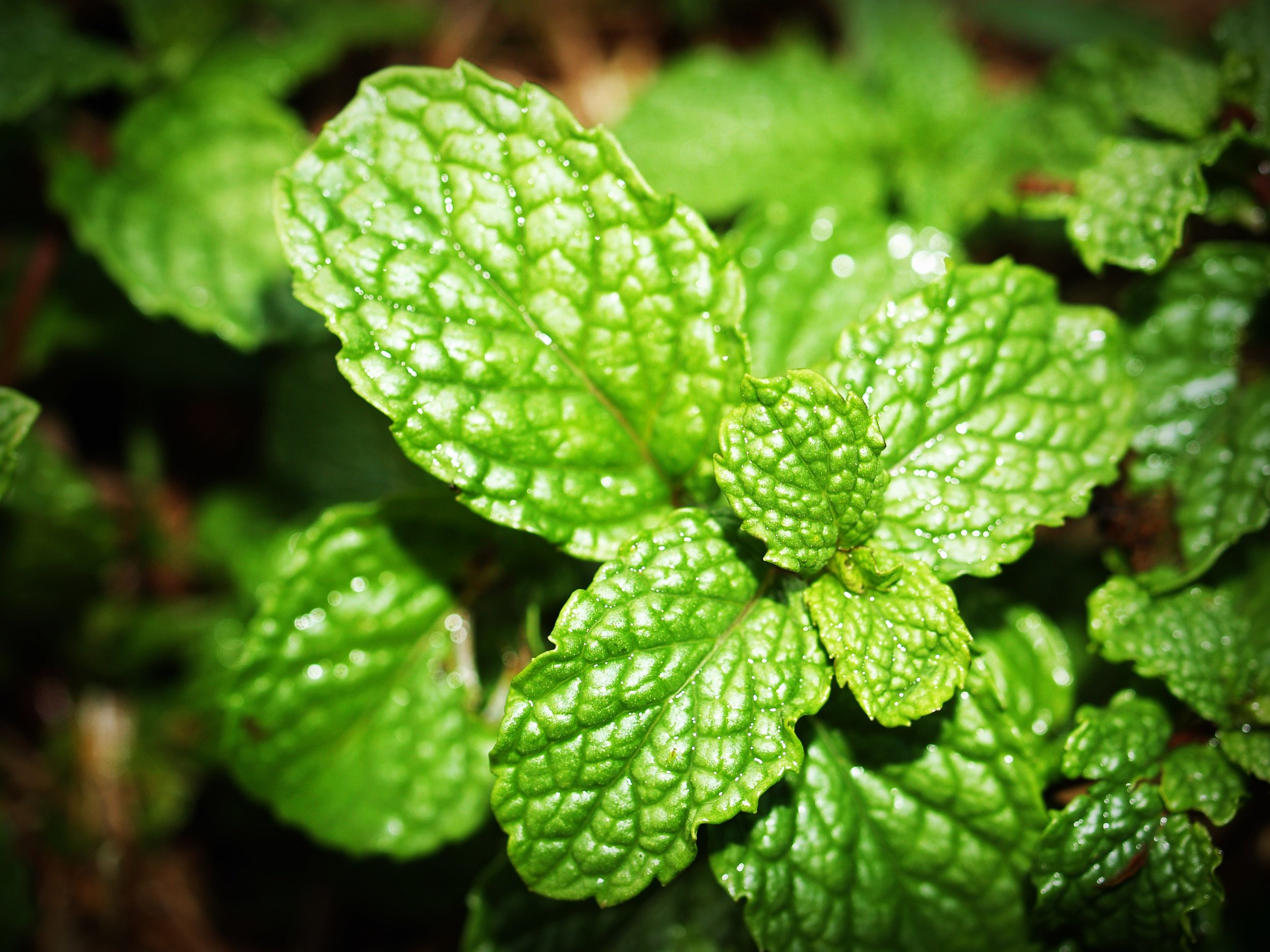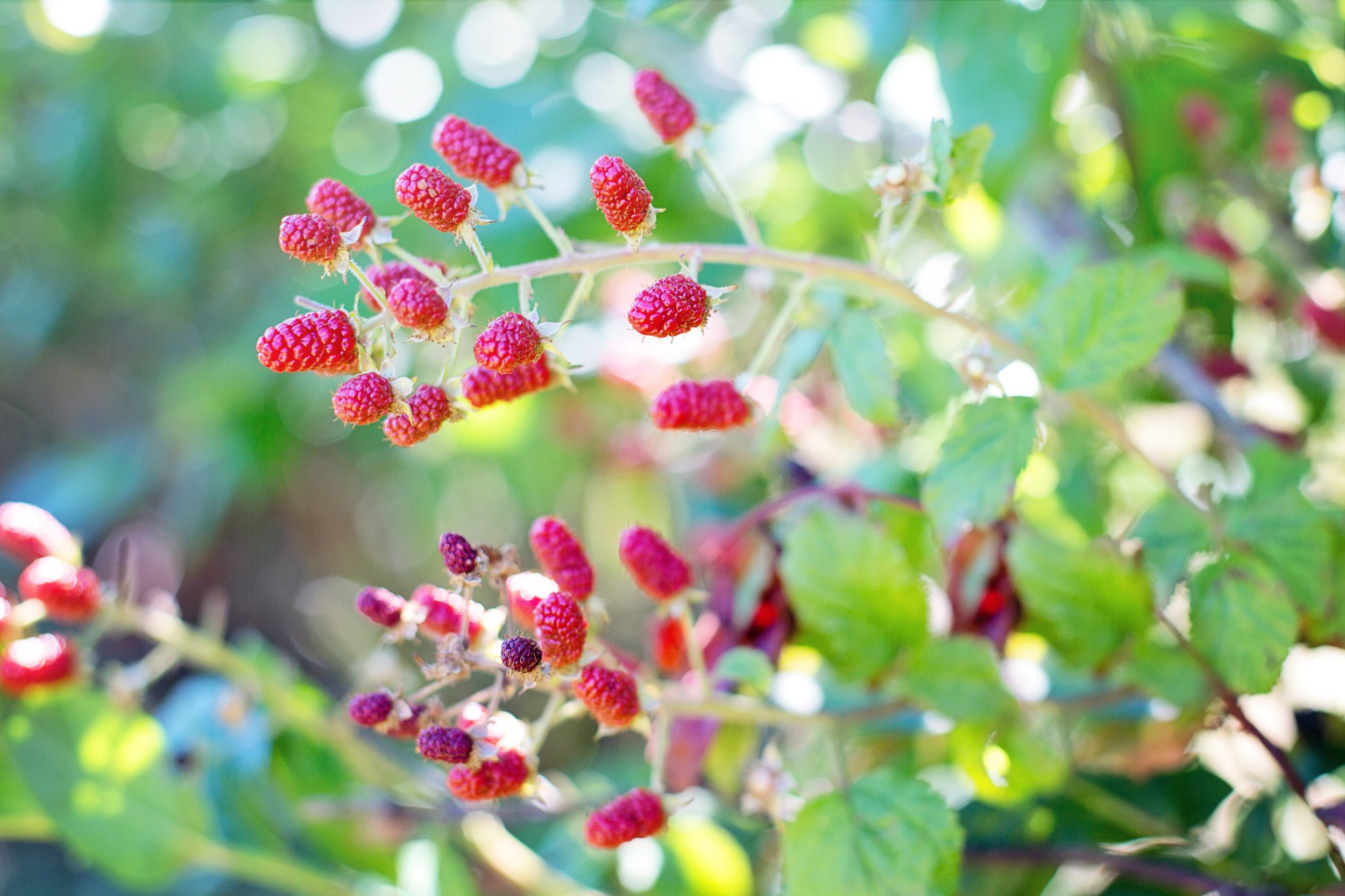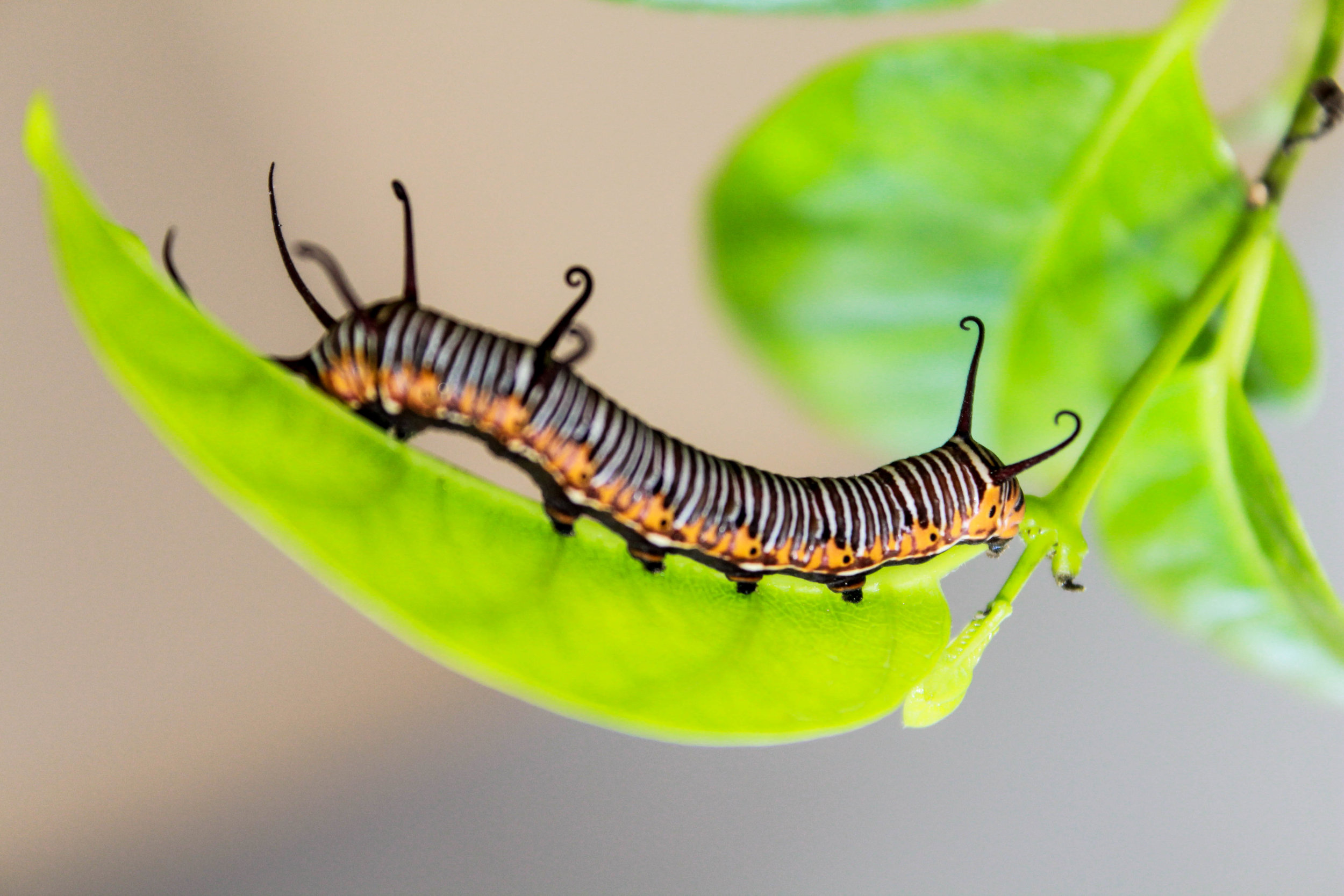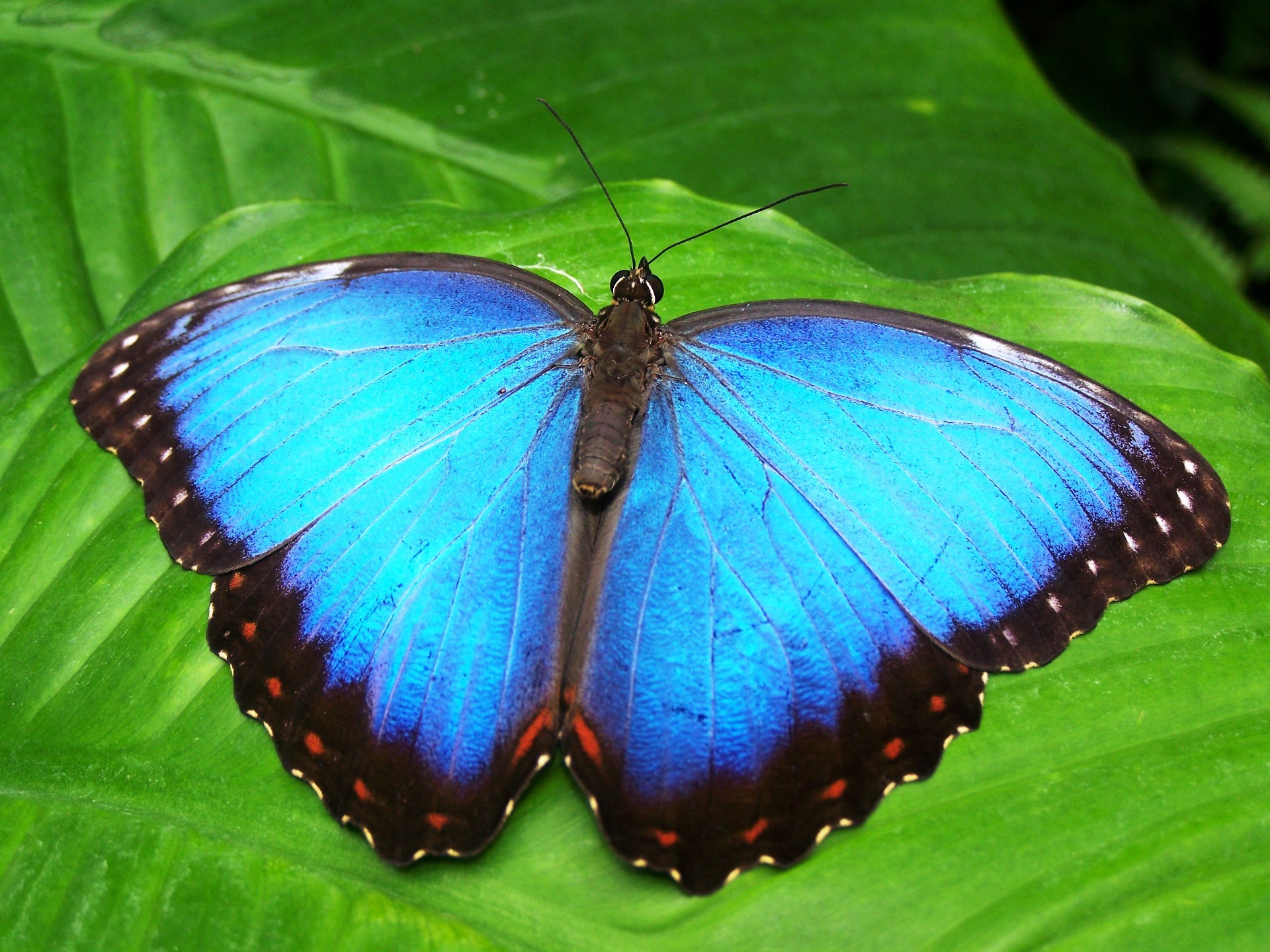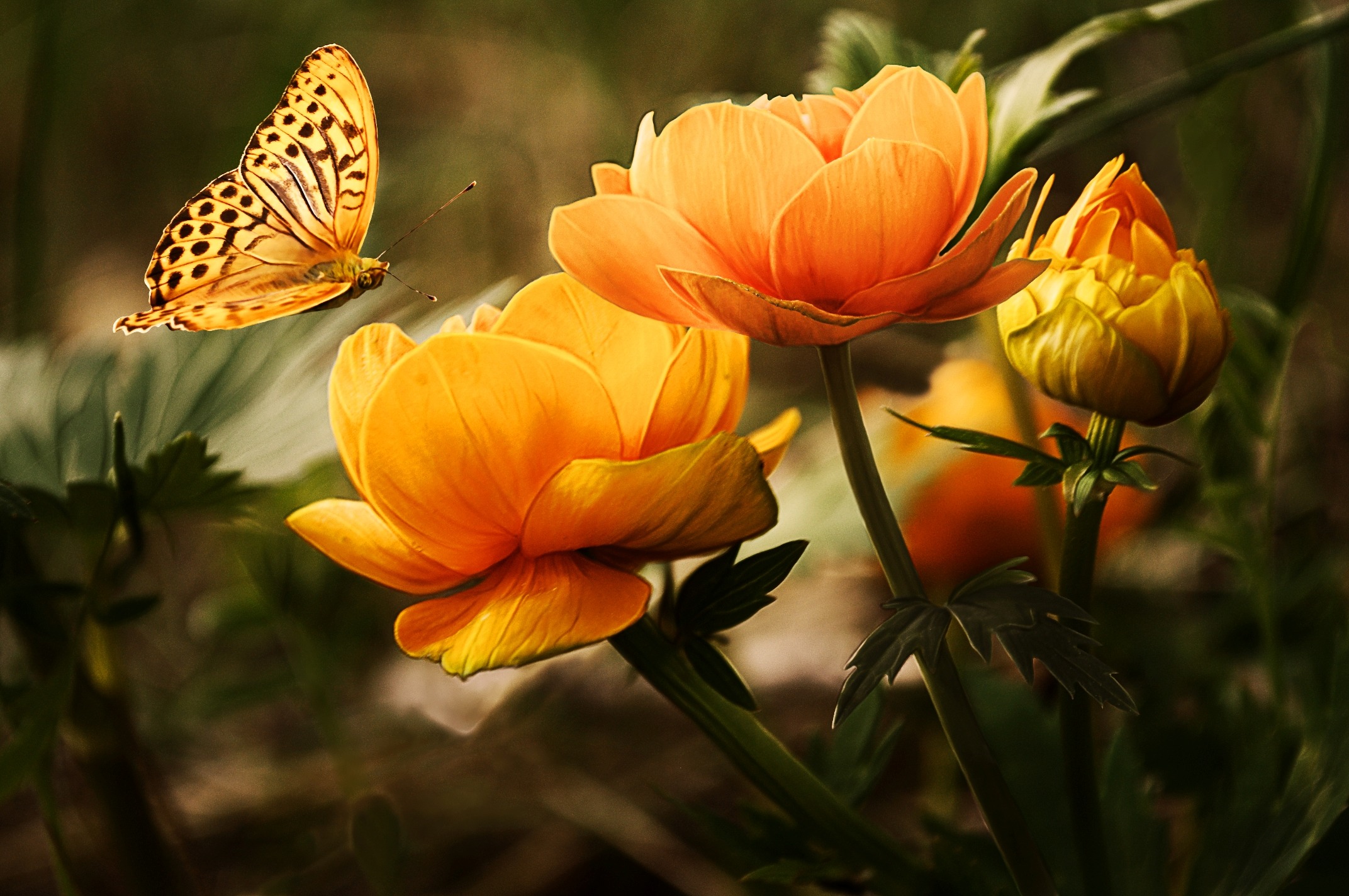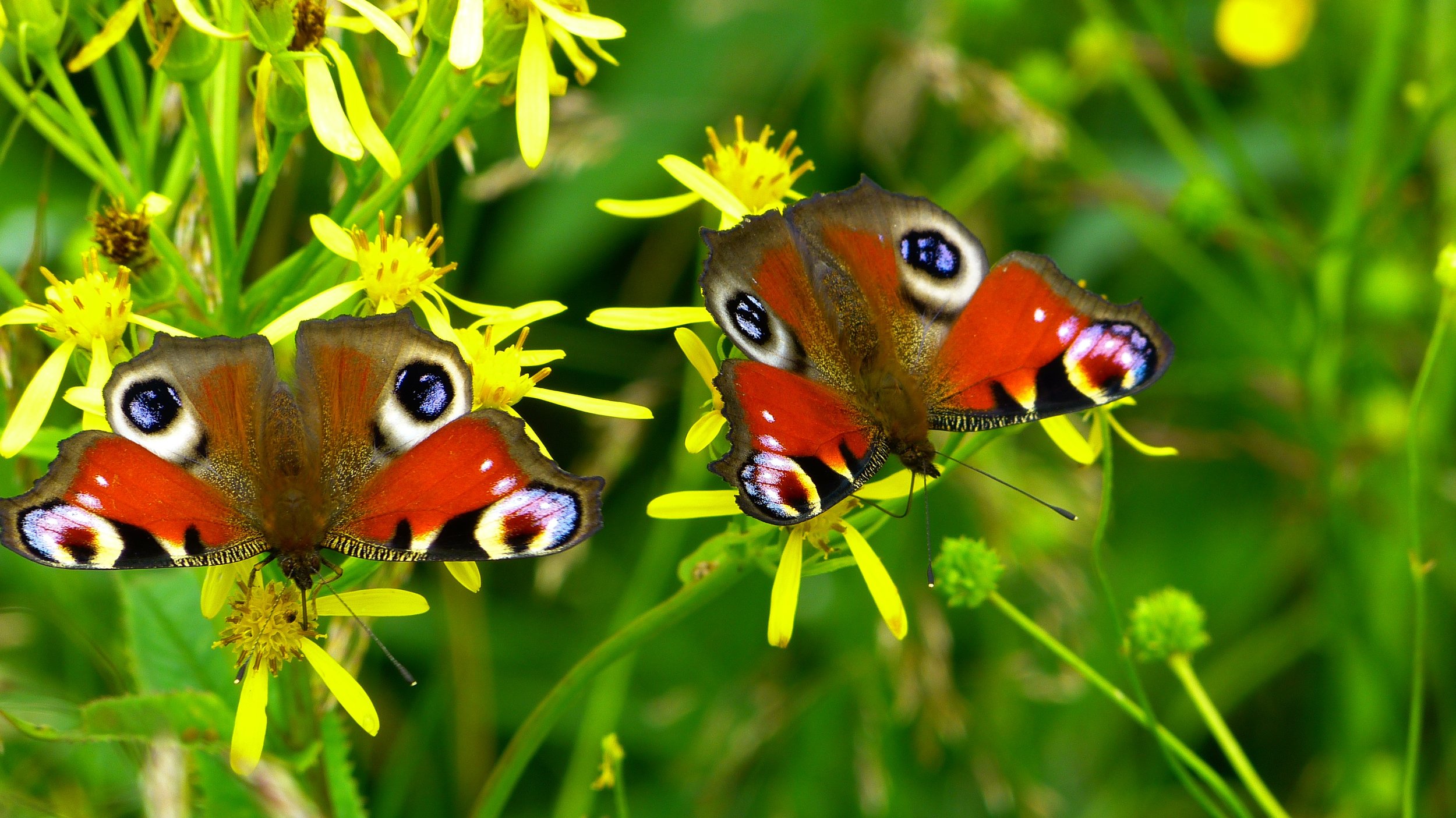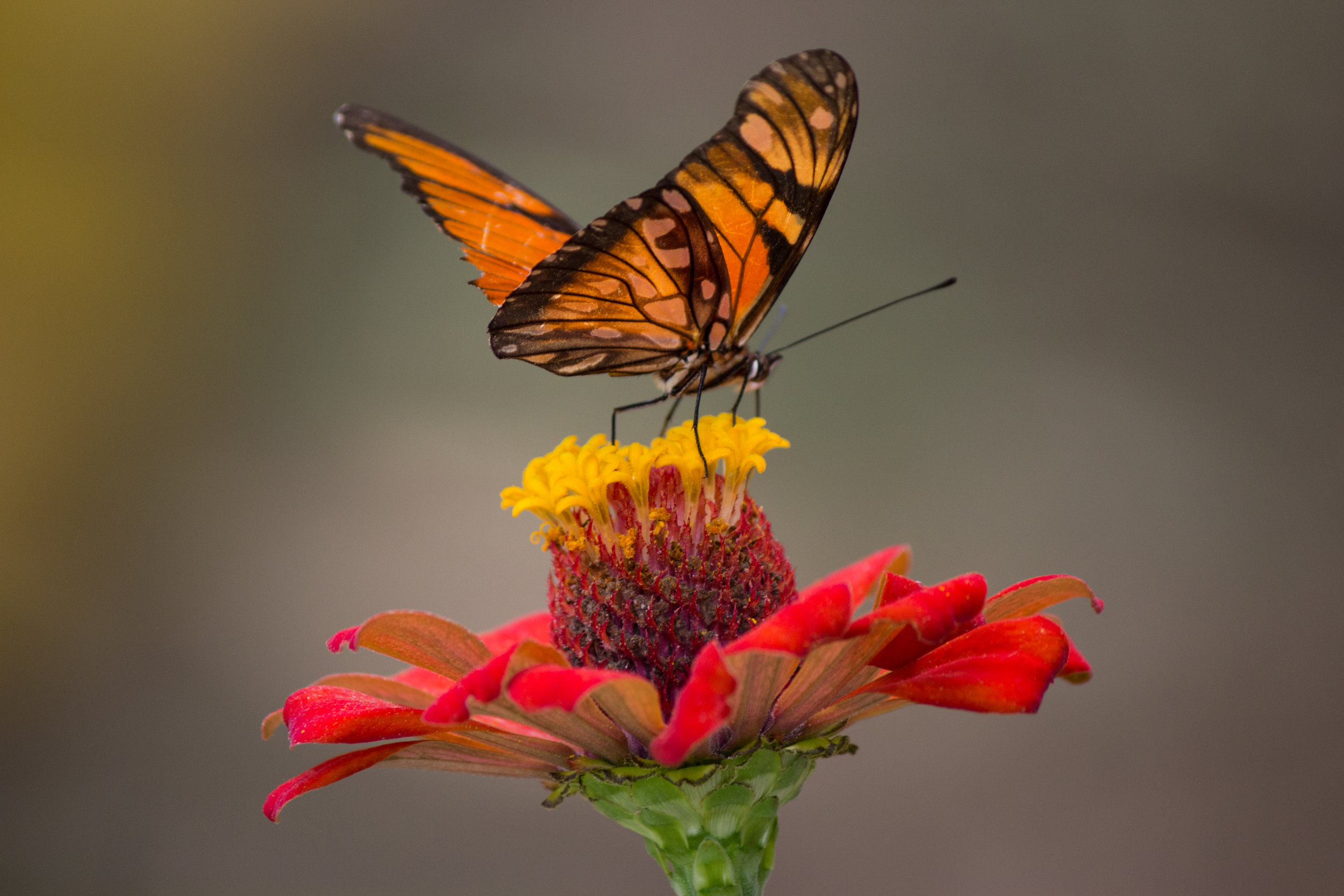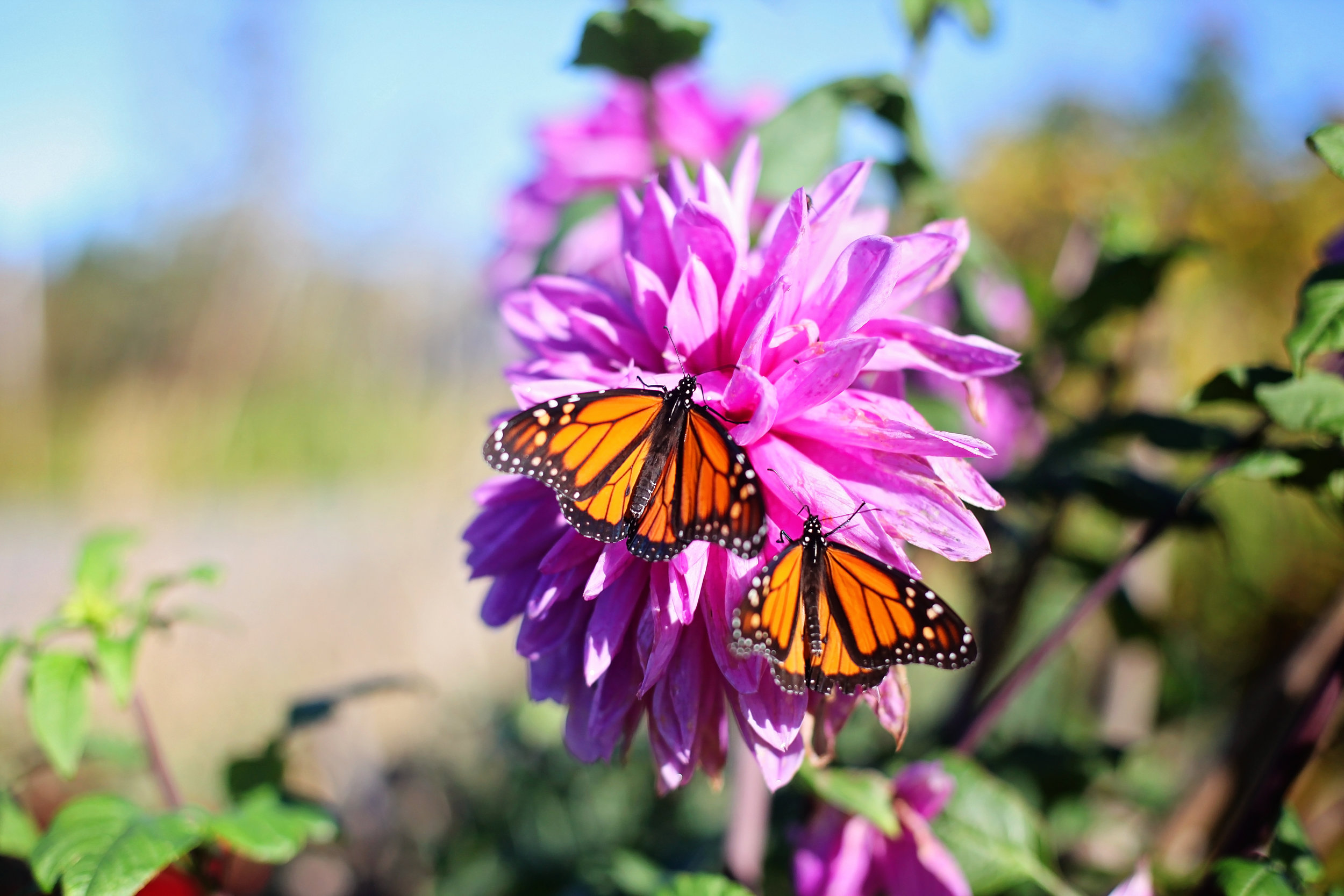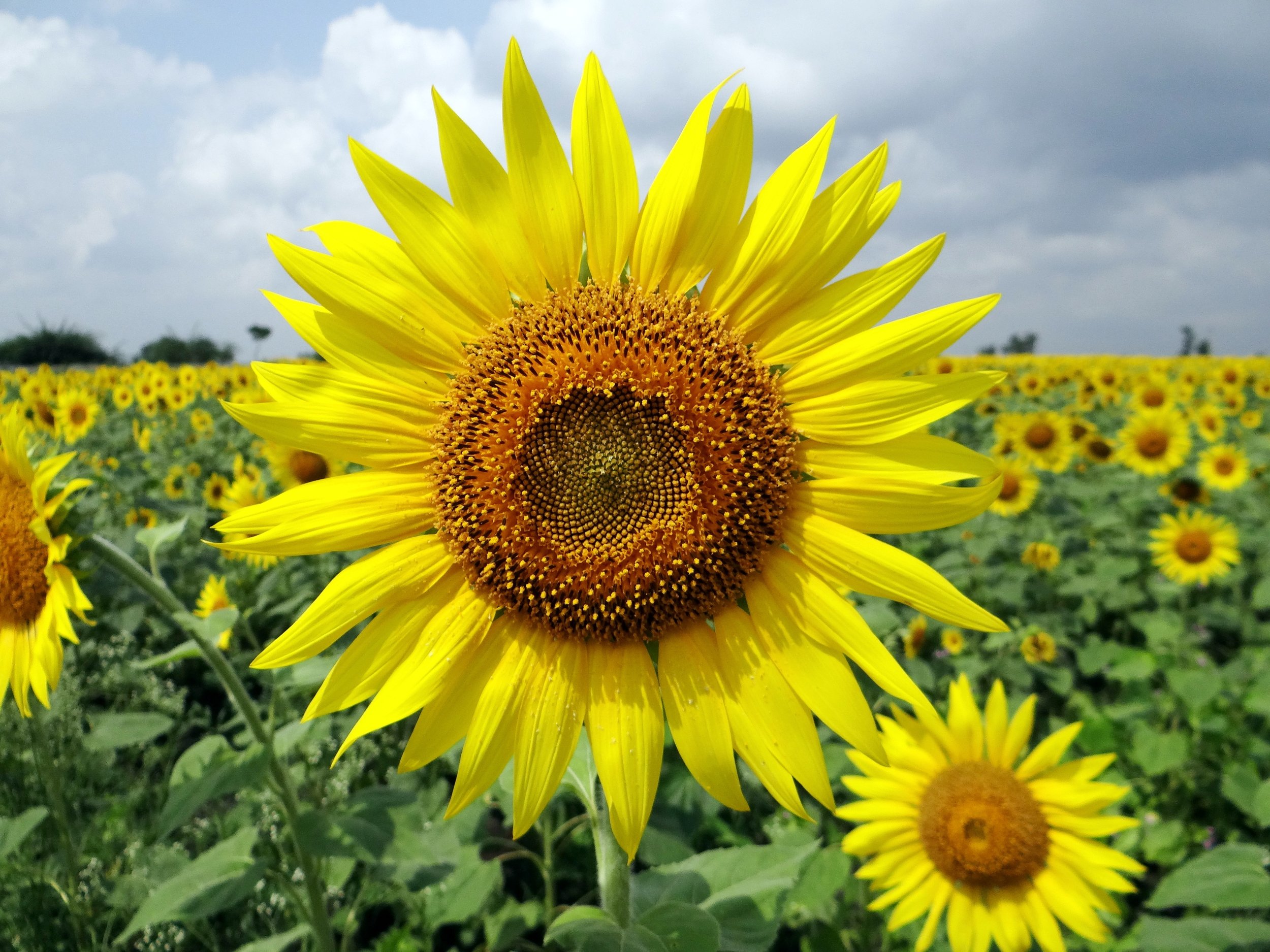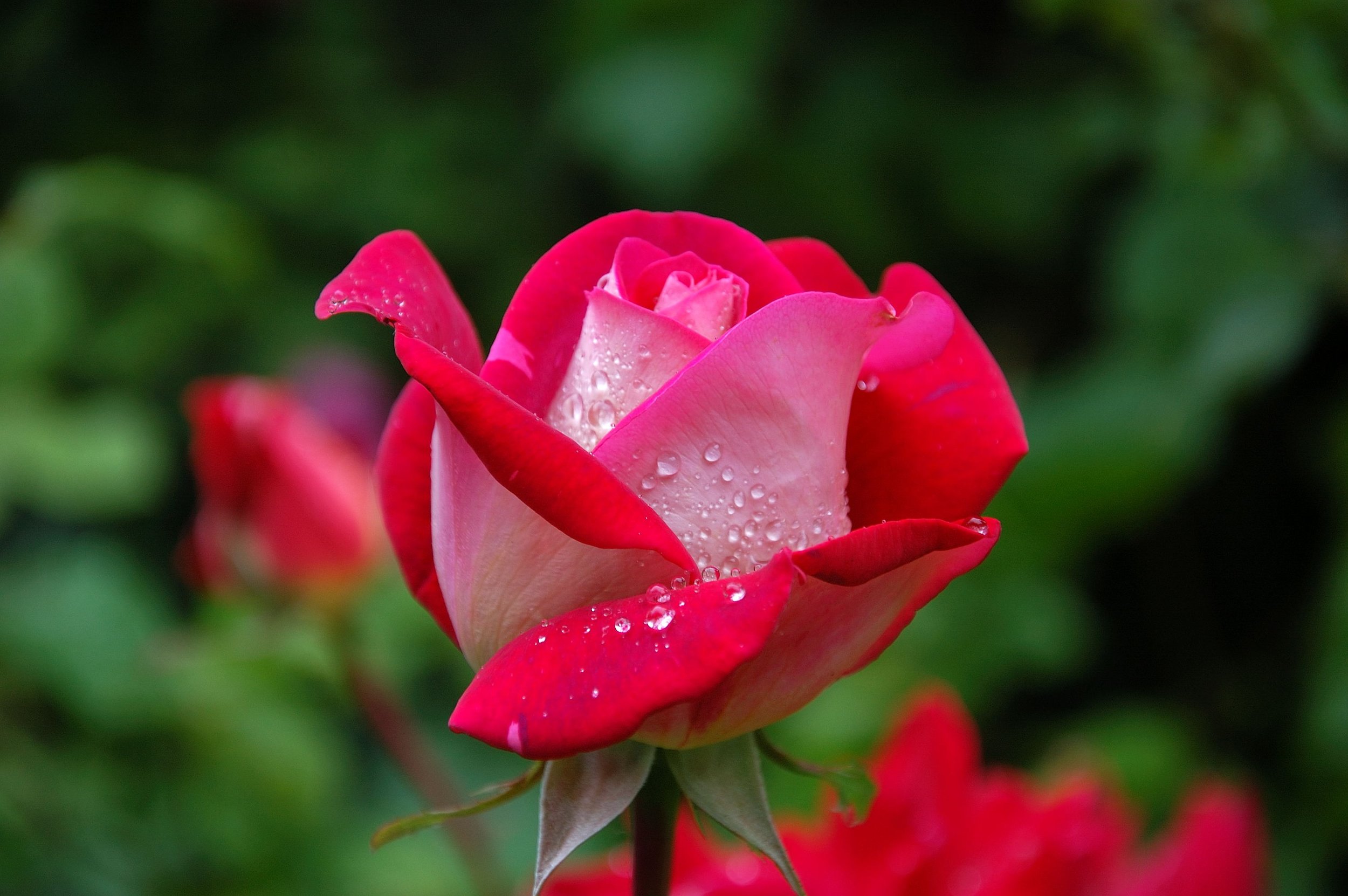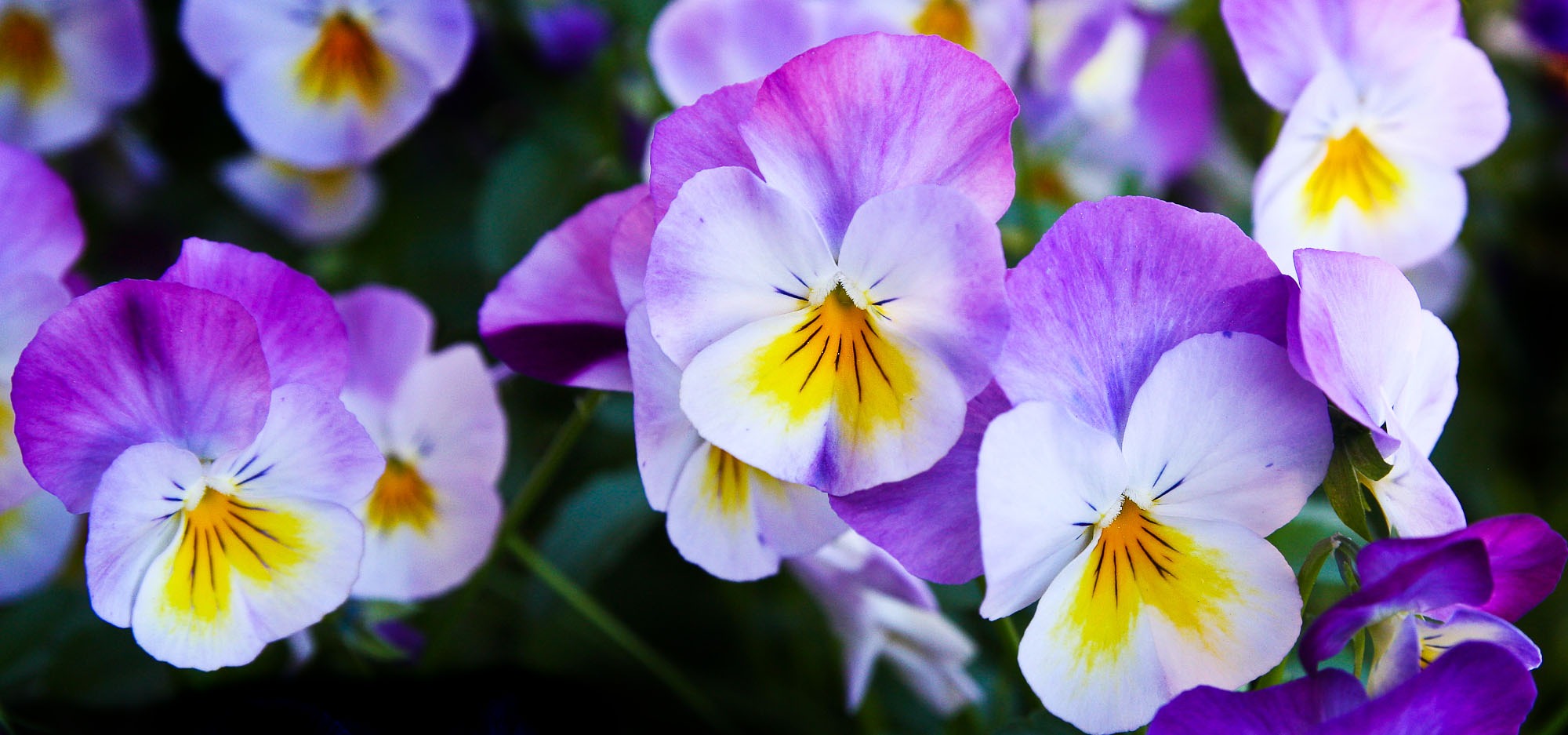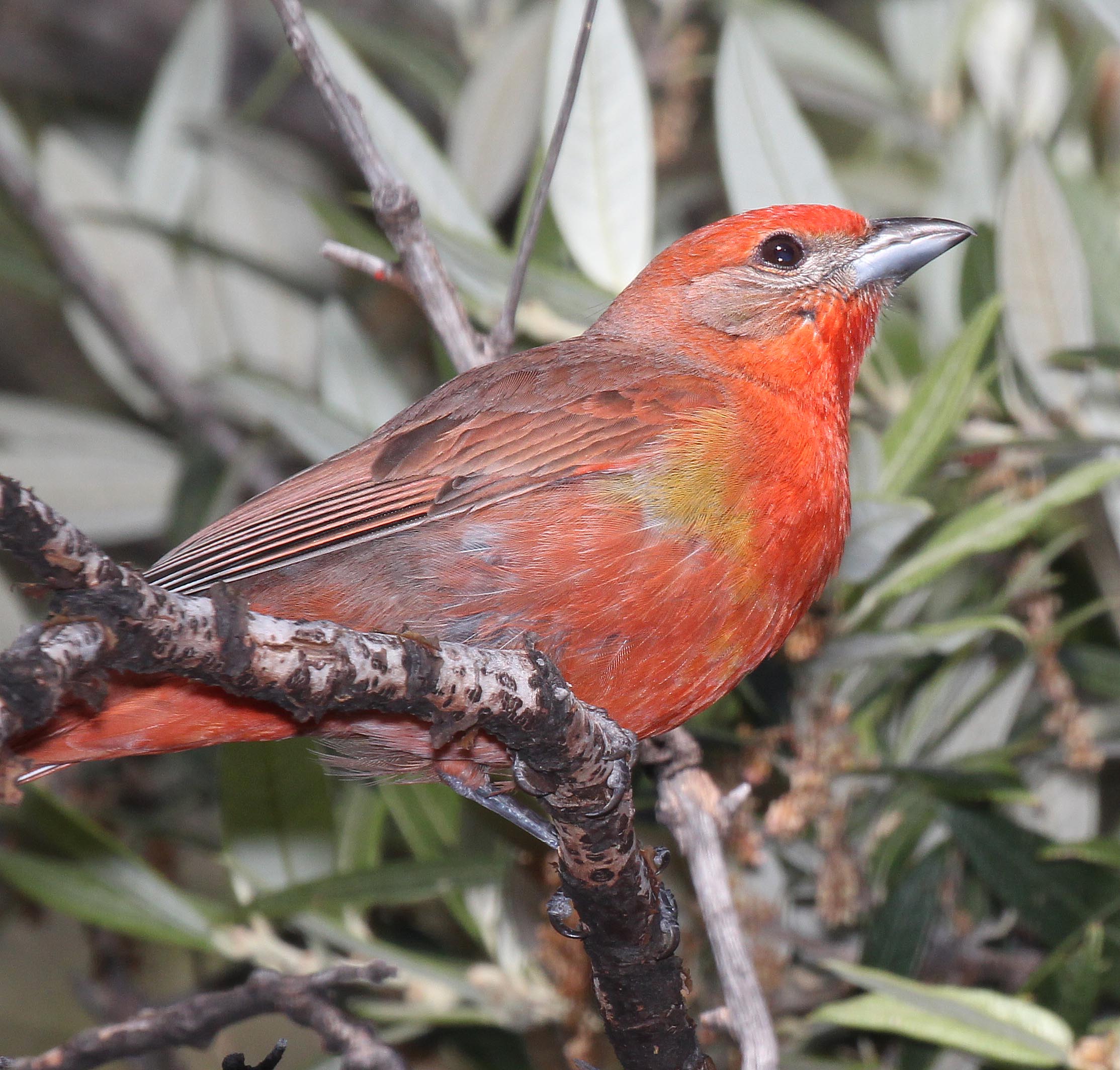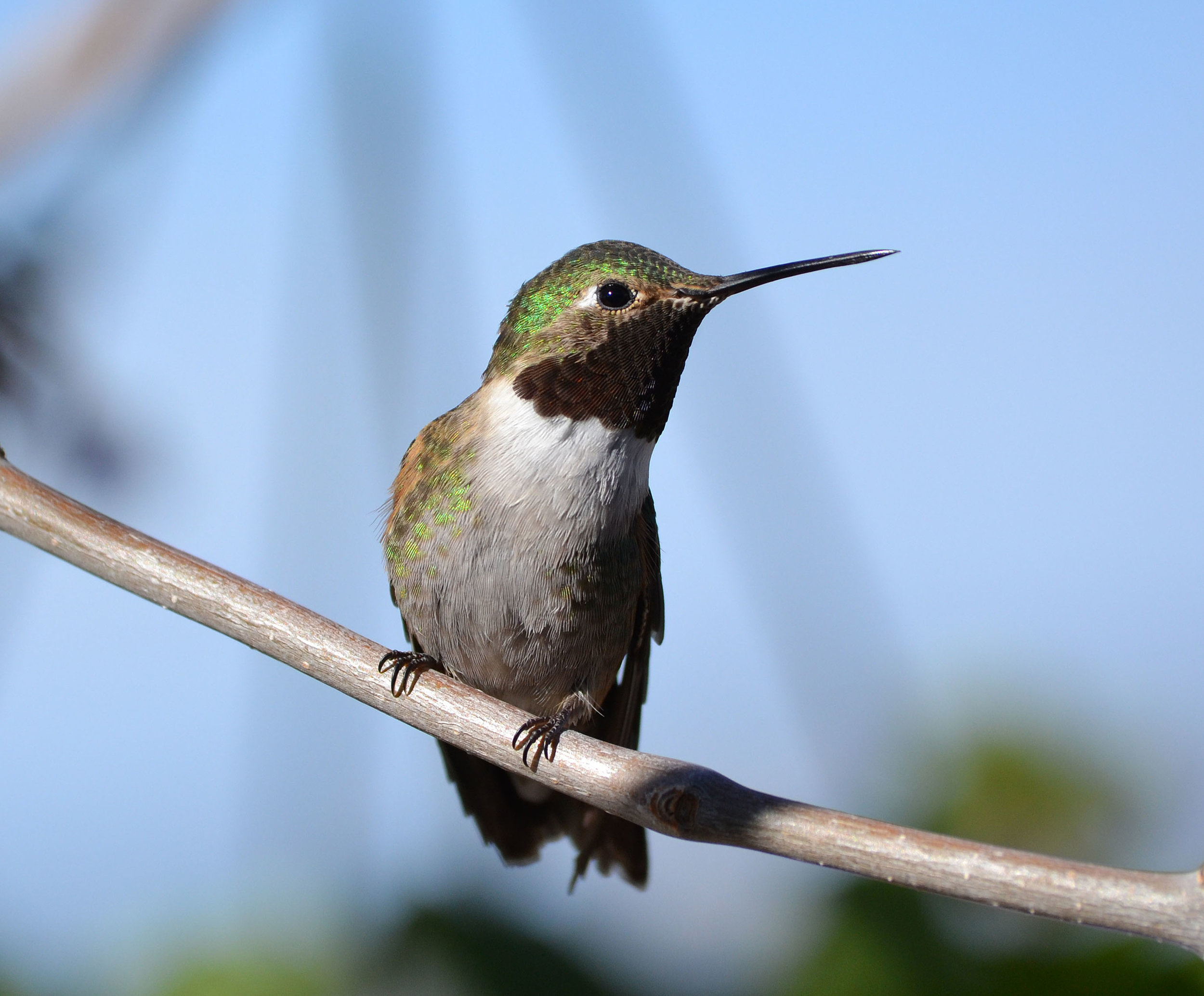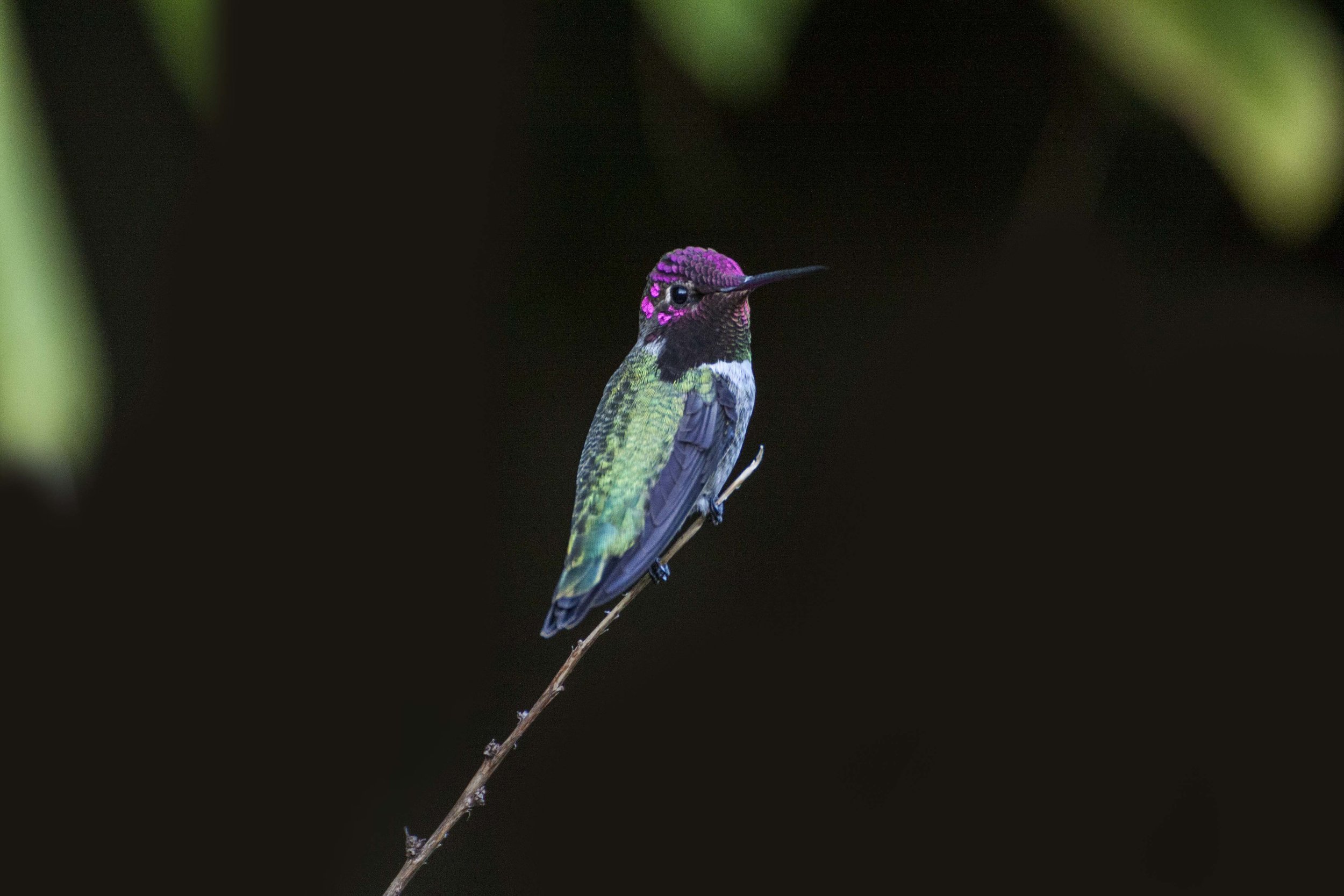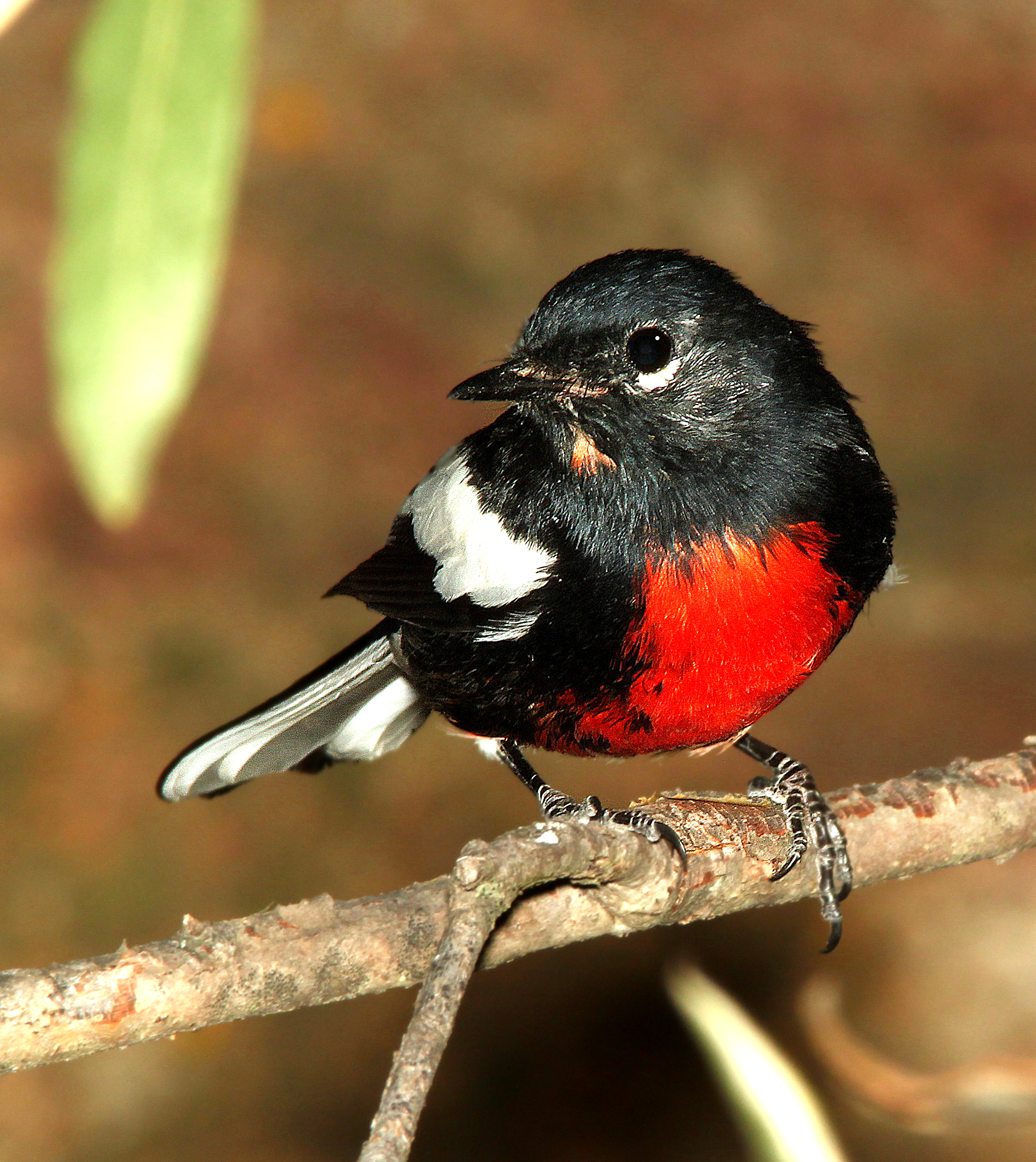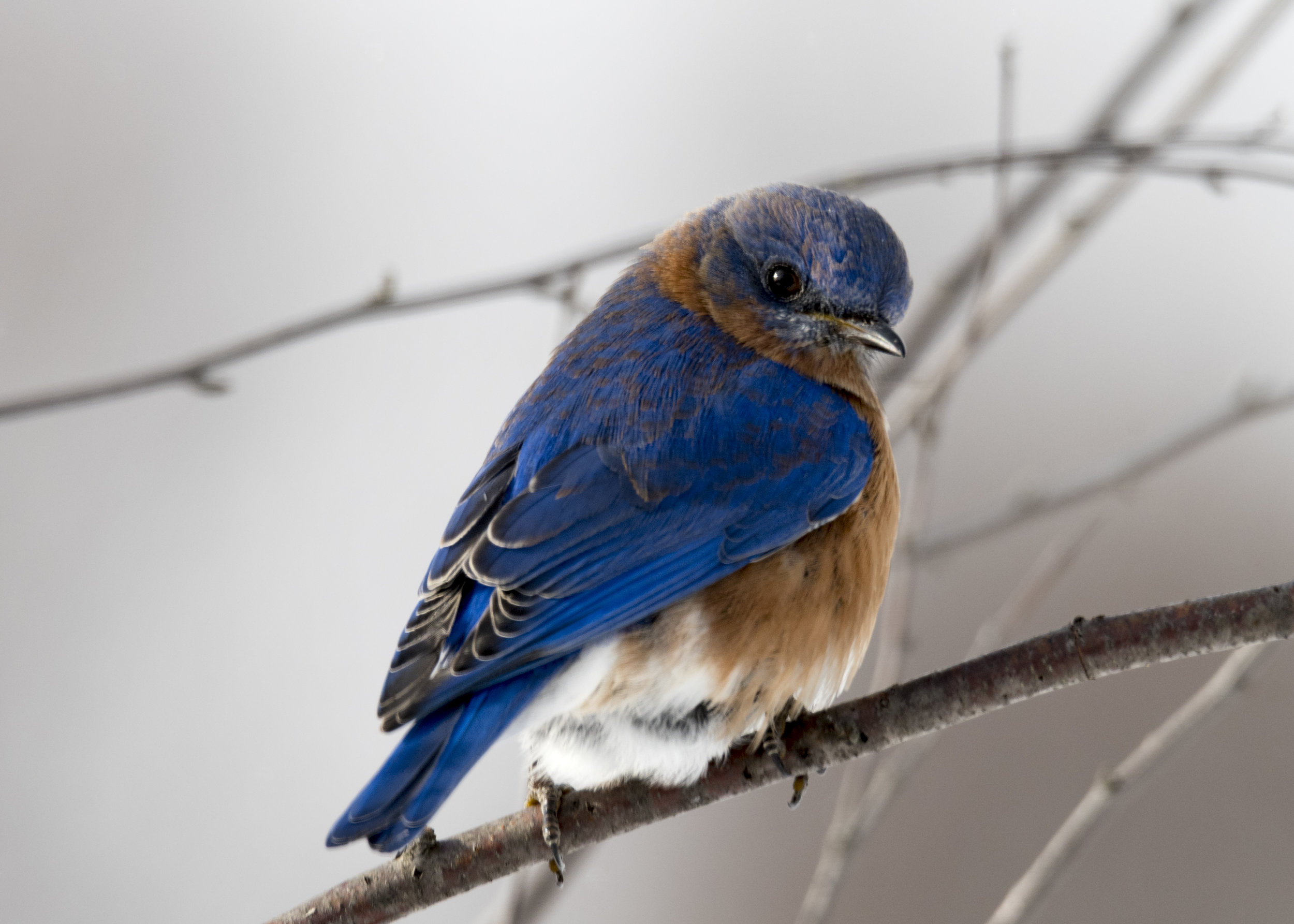Flowering plants are as versatile as they are beautiful. They add beauty to any landscape and can help attract or repel certain insects or animals.
Certain flowering plants can also help rebuild the bee population which is essential for pollinating our fields, orchards and gardens. It’s estimated that one third of the food we consume relies on pollination by bees and to a lesser extent other insects, birds and bats.
There are over 20 butterflies and moths listed as endangered by the U.S. Fish and Wildlife Service which could become extinct because loss of their habitat. Planting butterfly host plants and nectar plants can help support the butterfly population and bring these lovely creatures into your yard.
Twelve species of hummingbirds summer in North America. In fact, hummingbirds only live in the Western Hemisphere. They can be found from southeastern Alaska to southern Chile. Most species live in the tropics. Hummingbirds primarily eat flower nectar, tree sap, insects and pollen. Some species of hummingbirds are listed by the International Union for Conservation of Nature and Natural Resources as vulnerable or threatened on the because of habitat destruction and loss. Adding certain plants to your yard can attract hummingbirds while helping them to thrive.
Songbirds, like the general bird population, are vulnerable to several threats, but the largest threat to all birds is habitat loss which migratory birds face in two locations. Planting certain plants can help bring songbirds to your yard.
Imagine sitting on your deck mosquito free while bees, butterflies, hummingbirds and songbirds flit from one colorful flower to the next. Most of us don’t have the time and space to create a perfect haven, but with some careful planning we can create some colorful areas for these birds and insects to enjoy. Many of these plants are favorites with multiple birds and insects.
Did you know certain plants can help keep mosquitoes away?
Here is a list of the best mosquito-repelling plants to keep on your deck or porch to help you enjoy bite free evenings of outdoor fun. Touch plants often to emit their scent which repels mosquitoes.
Mosquito repelling plants
Lemon Balm
Rosemary
Marigold
Catmint
Citronella scented geranium
Lemon grass
Lavender
Basil
Lemon Thyme
Plants for Bee friendly gardens
(from beefriendly.ca)
Lavender Cranesbill
Rhododendrons Aster
White clover English Daisy
Cotton Easter Rosemary
Heather Mint
Purple Toadflax Oregano
California Lilac Borage
Bachelor’s Buttons Thyme
Lily of the Valley Bellflower
Shrubby Veronica Calendula
Yellow mustard Escallonia
Forget me nots Sage (Salvia)
Blackberry/Raspberry
Plants to attract Butterflies
(from thebutterflysite.com)
Your garden can be any size – from a window box, flower bed or the back of your yard to your whole yard -you decide. Keep in mind that wasps, ants, parasitic flies, birds, snakes, toads, rats, lizards, and dragonflies eat butterflies. Frogs and spiders eat butterfly eggs. Caterpillars and adult butterflies. In some parts of Mexico, Africa and Southeast Asia butterflies are served to humans as appetizers or desserts. Some information taken from www.learnaboutnature.com.
The female butterfly lays her eggs on plants her caterpillars can use as food because tiny caterpillars can’t travel far to reach their own food. Be prepared – these plants will be chewed on, so most gardeners plant them toward the back of the space, but still near the nectar plants, so the chewed up leaves are less noticeable. Different varieties of butterflies prefer certain plants. If you are trying to attract a certain variety or a mix of butterflies, the additional information on the butterfly.com site will be very important for you,
Host plants: Nectar plants:
Clover Butterfly bush Lantana
Deer weed Dandelions Verbena
Sweet fennel Garlic Daylilies
Dill Black eyed Susan Sedum
Parsley Milkweed Chives
Carrot Daisy Radishes
Snapdragons Heliotrope Catnip
Cabbage Ground Ivy Marigold
Mustard plants Shasta Daisy Liatris
Hollyhocks Goldenrod Aster
Delphinium Roses Oregano
Sunflowers Oriental lilies Pansies
Milkweed Petunia Nettles
Zinnia Wild Bergamot Phlox
California Lilac Wild licorice Thistle
Purple Coneflower
Plants to attract hummingbirds
Hummingbirds have no sense of smell – they must rely on bright colors to attract them, so use red feeders and plain, clear sugar water w/o red dye – 1 part white sugar mixed with 4 parts water) and songbirds (Include a birdbath and try to use native plants for your region to attract more songbirds to your yard)
Hummingbird Songbirds
Bee balms Sunflowers
Columbines Coneflower
Daylilies Cornflower
Lupines Black-eyed Susan
Foxgloves Daisy
Hollyhocks Aster
Impatiens Marigold
Petunias Virginia Creeper
Cardinal flower Elderberry
Zinnia Staghorn Sumac
Salvia Butterfly Bush
Bleeding Hearts Trumpet Creeper
Pittsburgh is considered zone 6b (growpittsburgh.org)
Frost dates for Pittsburgh: spring May 26 and fall September 20
Growers tend to begin planting after May 15 and end around October 15






